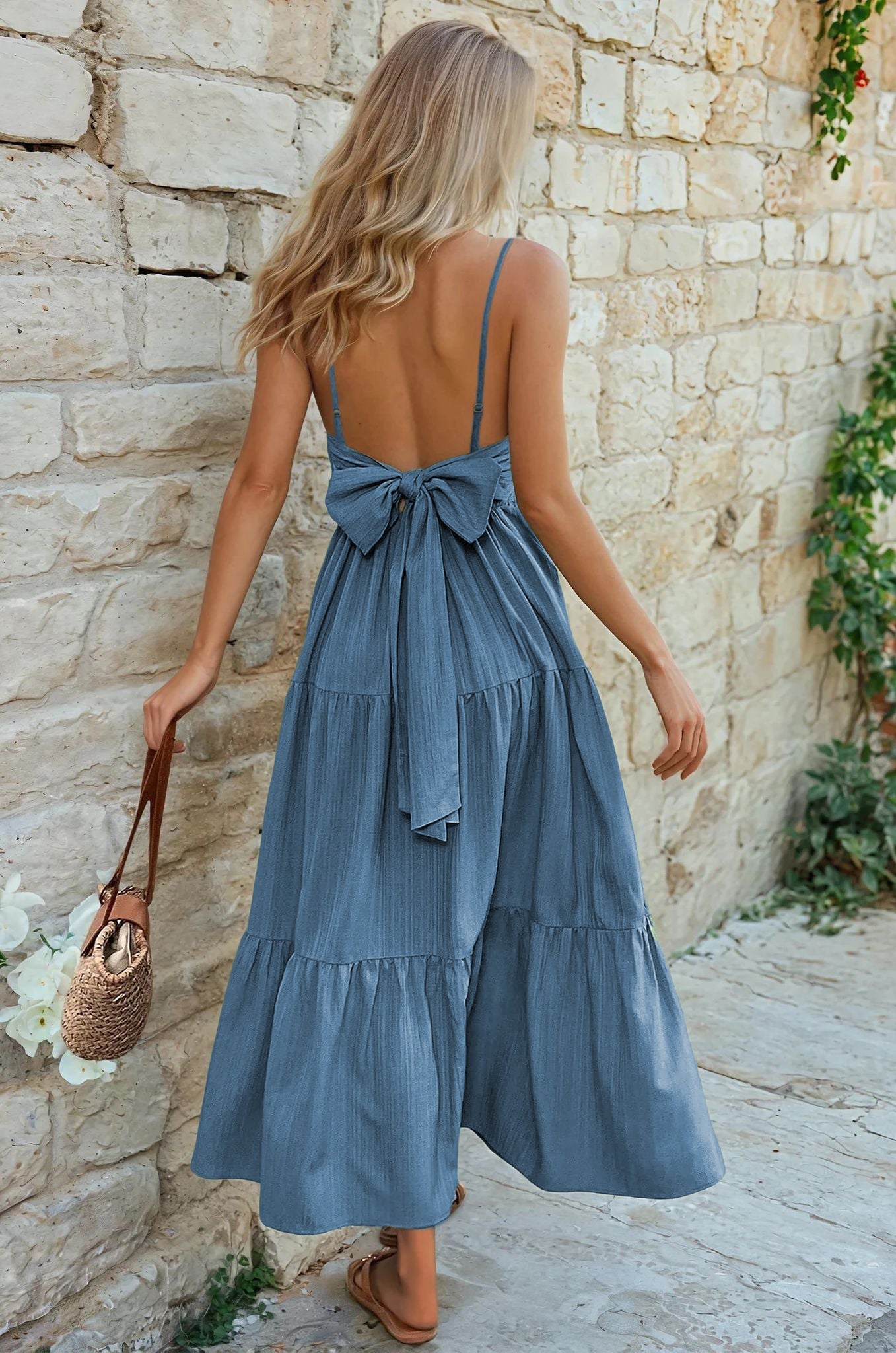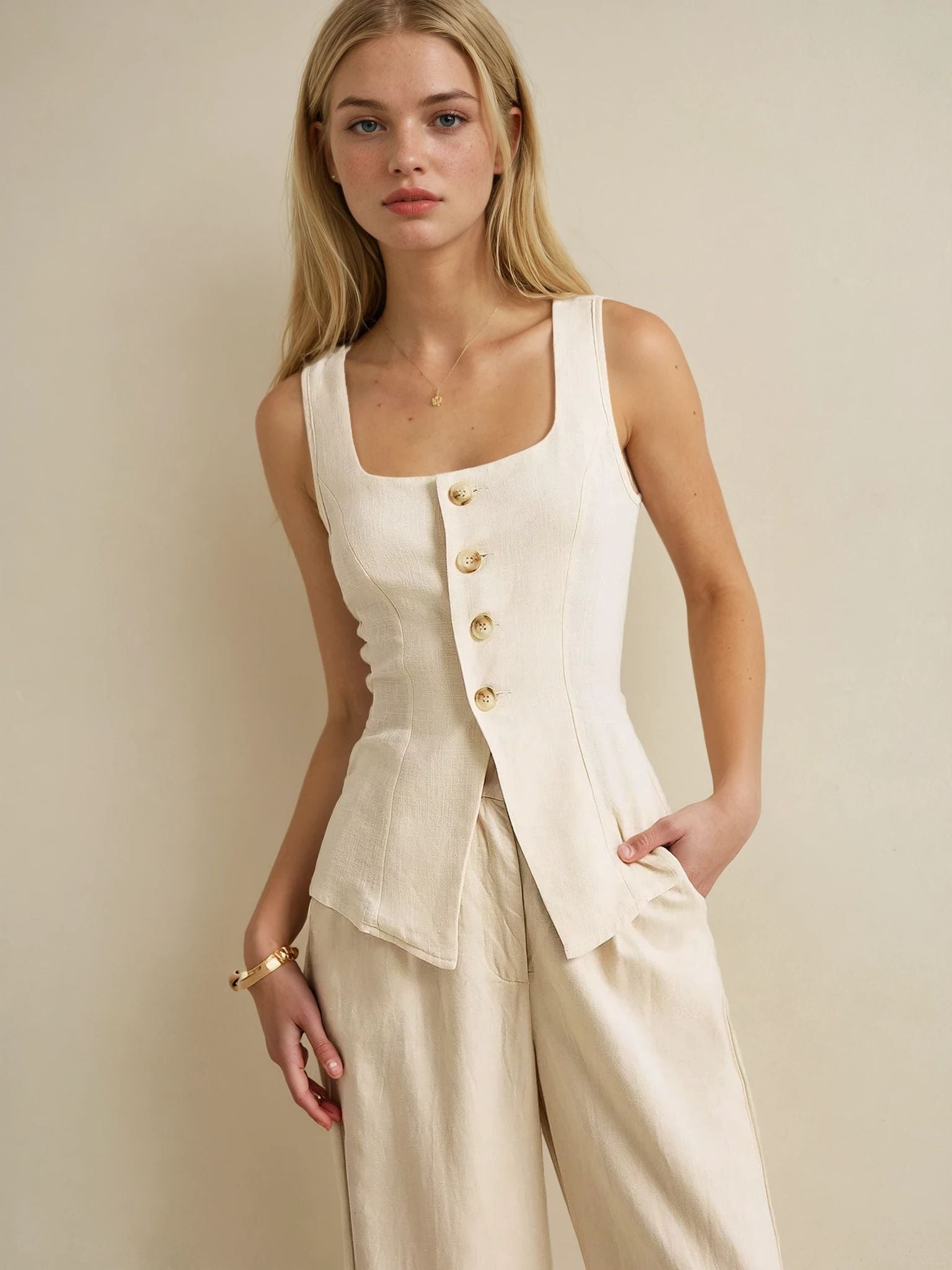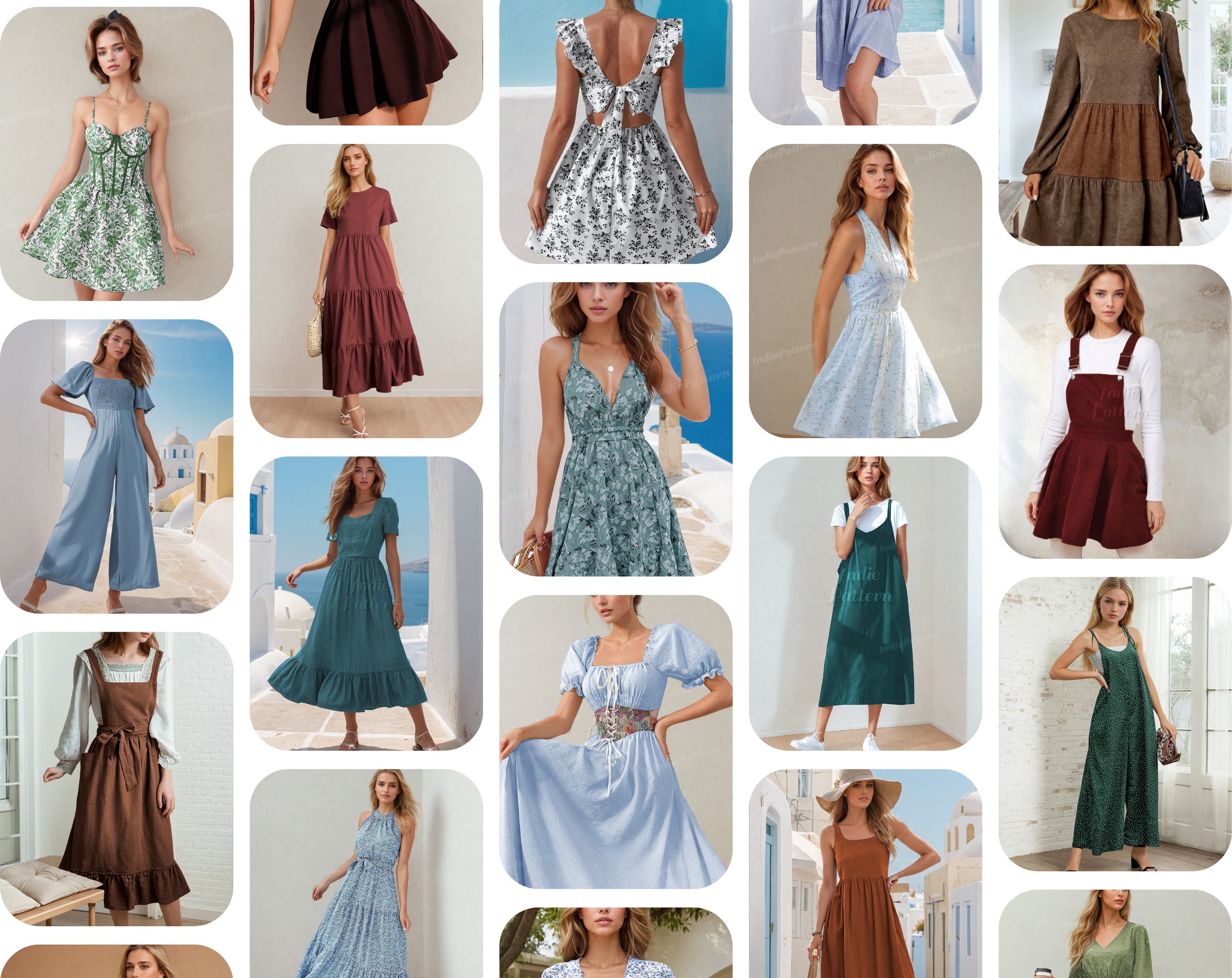Types of Zippers by application
CENTERED ZIPPER
A centered zipper application is the most common and has stitching visible on the right side of the garment. Use a regular or narrow zipper foot. A ½"(1,3cm) or ⅝" (1cm) wide seam allowance is adequate. You can use the machine foot as guide to sewing in a zipper, but for a really crisp finish, draw in the stitching lines first. Draw one on either side of the seam allowance, ¼" in from the seam, and the third across the base opening, where the zipper stop is.
INVISIBLE ZIPPER
An invisible zipper is not visible from the right side; all you see is the seam. The coils of an invisible zipper curl back on themselves, so the zipper needs to be pressed before it is sewn in place. This zipper is installed in an understitch seam.
LAPPED ZIPPER
A lapped zipper application uses a traditional zipper; however, the zipper is hidden with a lap of fabric that is topstitched in place. Use a regular or narrow zipper foot. This is the application we'll be using in our first skirt.
EXPOSED ZIPPER
An exposed zipper application displays the zipper on the right side of the garment. These are zippers available with satin tape, metallic tape, and even multicolored teth. Feature these unique notions on projects or garments you want to stand out. If the fabric is lightweight, fuse interfacing to the wrong side of the zipper opening.
Types Of Zipper By Chain Openings
Zippers can be open-ended or closed-ended and cut to size or continuous.
5. Open-Ended Zippers (Separating Zippers)
Open-ended zips are used on jackets and sweatshirts where you need to separate the ends to open your jacket.
6. Closed-Ended Zippers
Closed-ended zippers are used on dresses skirts and cushions where the zipper is sewn into a back or side seam. They have a bottom stop which is generally a metal bar going across the 2 sides of the zipper tape.
Types of Zippers by material
Zipper types can be classified by the material the teeth are made from and the type of material in the tape.
Here are 4 main types of zipper you will use for garments, accessories, and sewing homewares:
1. Nylon Coil Zippers
Nylon zippers are flexible and are the most common type of zipper used in clothing, bags, and homewares. They look plastic, and they tend to be monochrome colors with matching tape. The tape is tightly woven, and the heads are usually small.
2. Metal Zippers
They are mainly used in bags and jeans and trendy exposed zips for clothing. The advantage of using metal zippers is that they are long-lasting and are the least likely to split apart.
The larger heads used in metal zippers make them a little harder for beginners to sew as you often have to stop sewing, move the head and then start again.
Metal zippers can also be shortened if necessary but it takes a little more time than nylon zippers and involves using pliers.
3. Invisible Zippers
Invisible types of zipper also have nylon coil teeth, but the teeth are at the back of the zip so that when you sew it in your garment, there are no teeth showing on the outside. Dresses, skirts, and pants commonly use invisible zips. Invisible zippers can be sewn with specialty sewing machine feet called an invisible zipper feet or with a regular zipper foot.
4. Molded Plastic Zippers
Molded zippers are made from plastic and have large interlocking teeth. They are mainly used in jackets backpacks, or bags.
Here is a table outlining the main similarities and differences in the types of zipper.
| Type | Uses | Appearance |
|---|---|---|
| Invisible Zippers | Dresses, skirts, and other garments where a concealed closure is desired. | Teeth are on the backside of the zipper, making it seem 'invisible' when sewn in. The zipper pull is usually thin and small. |
| Nylon (Coil) Zippers | Versatile; used in clothing, bags, tents, and more. | Made of coiled nylon or polyester, often lightweight and flexible. Can be made nearly invisible or more pronounced depending on design. |
| Metal Zippers | Jeans, leather jackets, work boots, luxury bags. | Teeth made of metal (like brass, aluminum, or nickel). They are sturdy and can have a shiny or matte finish. The pull is often more substantial and sometimes decorative. |
| Molded Zippers | Jackets, sportswear, children's wear, some bags. | Teeth are made of molded plastic. These zippers are durable and often appear similar to metal zippers but can come in various colors. |










